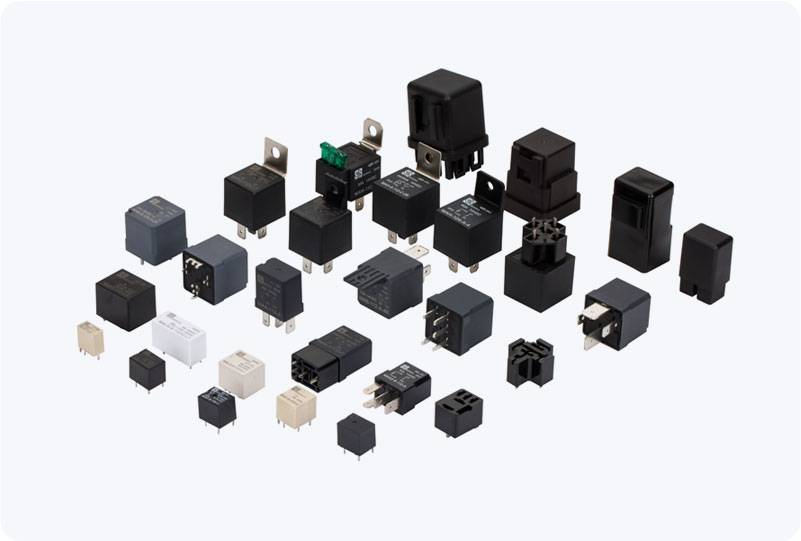arc-free relay: revolutionizing electrical safety and efficiency
Release time:2025-04-29 06:38:45
Arc-free relays represent a significant advancement in electrical engineering, especially in systems requiring reliable, efficient, and safe operation. As the name suggests, these relays are designed to prevent or significantly reduce the occurrence of electrical arcing, a phenomenon that can pose serious risks to both devices and personnel. In this article, we explore the working principles, advantages, applications, and future of arc-free relays in modern electrical systems.

Understanding Arc-Free Relays
In traditional relays, electrical arcing occurs when contacts open or close, creating a high-temperature plasma between the contact points. This can lead to wear and tear on the contacts, reduced reliability, and potentially dangerous situations such as fires. The primary function of an arc-free relay is to minimize or eliminate this arcing, thus ensuring safer and longer-lasting operations.
Arc-free relays utilize advanced materials and design techniques to mitigate the occurrence of arcing. By employing special contact materials and implementing features like pre-make contacts, arc-snuffing designs, or enhanced insulation, these relays ensure that the electrical connection is maintained without the harmful effects of arcing.

